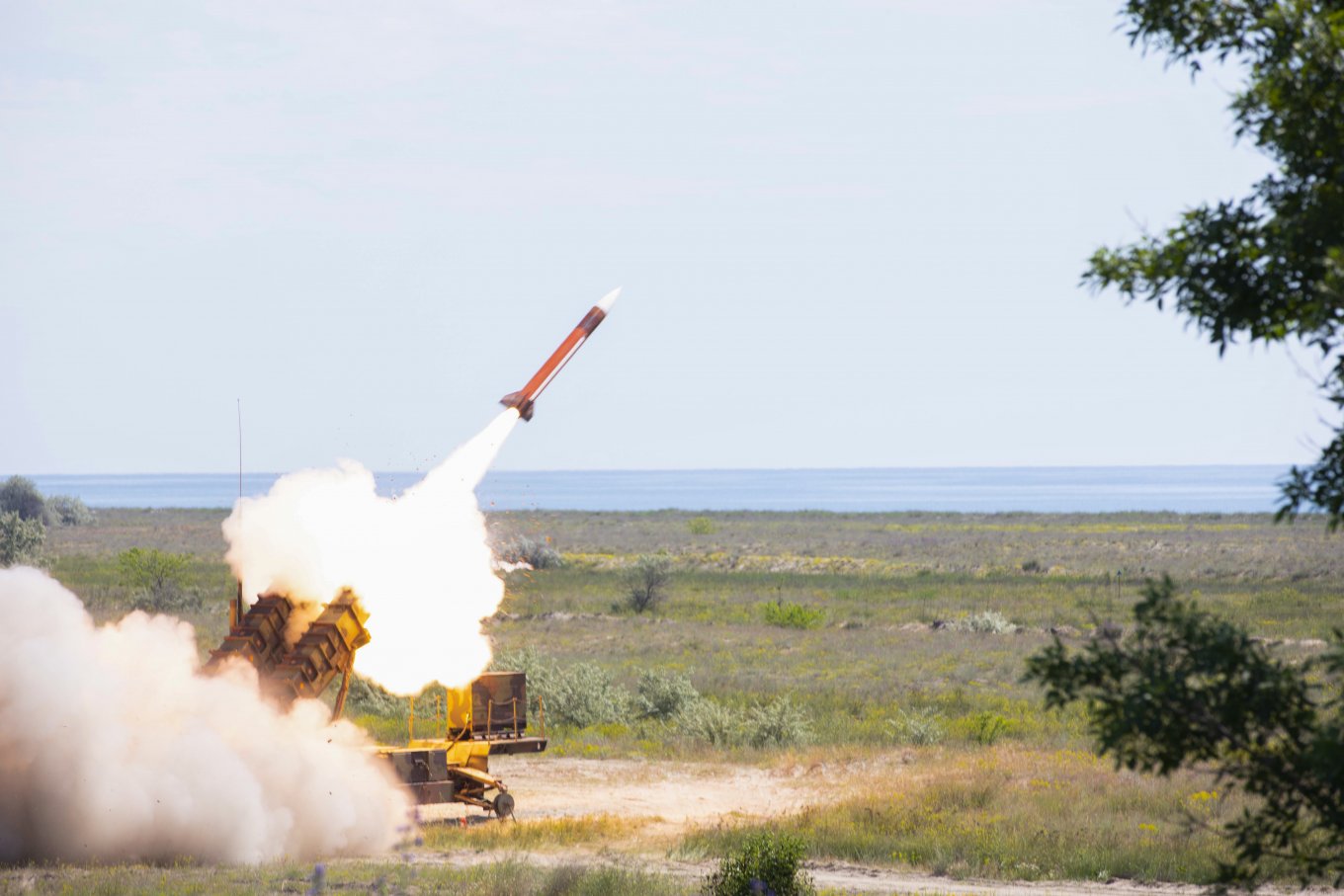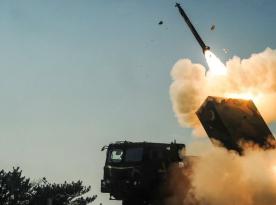Building up Patriot air defense systems with the help of Western allies is only a logical thing to expect. Plans for an increase in the number of batteries in service with the Air Force of Ukraine were confirmed by Raytheon Technologies CEO Gregory J. Hayes. He said five more systems will be delivered.
The deadline for this delivery is by 2024, as The Wall Street Journal quoted. The interview also describes how Raytheon was surprised by the effectiveness of its anti-aircraft/anti-missile system in the high-intensity conflict zone of Ukraine.
Read more: Hawk and New Advanced GEM-T, MSE Missiles for Patriot: USA's Next Aid Package for Ukraine to Be All About Air Defense

Moreover, there is also an interesting bit of information that "Ukraine has tweaked the Patriot’s software to enable it to track and destroy hypersonic missiles flying twice as fast as it was designed for."
On the part of Defense Express, we should comment that an alteration of software from the Ukrainian side is a very complex task to achieve. After all, we should not forget that the Kh-47 Kinzhal ALBM missile is only "hypersonic" in russian statements because its speed on the terminal phase is nothing different from any other ballistic missile. This fact was among the reasons why Ukraine is capable of shooting them down with Patriot systems and has done it multiple times already.
At the same time, Raytheon Technologies works on both increasing the number of systems produced at a time and speeding up the technological production cycle which is currently 2 years for a system to be made from scratch. this way, their production will be increased up to 12 fire units (batteries) a year. Surely, it's not only due to Ukraine's needs but also because of the overall increase in demand for Patriot in the world, especially after the first real combat application of PAC-3 and its performance against russian weapons of all things.
Against this background, they announced delivery time of five batteries at once within the next one and a half year look more than just expedited. For comparison, Romania and Sweden waited for the first fire unit delivery for three years, Poland for four years.
Simultaneously with ramping up production of Patriot units themselves, there is also active work on increasing the tempo of MSE interceptor missile manufacture as well which is done by Lockheed Martin. Specifically, the rates currently are 450 missiles a year, the plan is to raise this figure up to 550 within the next three years – that is, a 20% increase by 2026.
Meanwhile, GEM-T production rates grow up, too, at the factories of MBDA. This is an interceptor derived from PAC-2 that is mostly used for intercepting non-ballistic targets.

For understanding of how big or little is this "industrial boost," let's say this. One Patriot battery consists of a radar, a command vehicle, a few support vehicles and usually 6 to 8 launchers. Each M903 launcher can have up to 12 MSE or 4 GEM-T interceptors. A maximum load of MSE missiles in a full battery is 96 missiles.
When engaged against a ballistic missile, Patriot usually sends two interceptors to make sure the target is hit. We should also take into account that a single MSE missile costs around USD 4 million, according to The Wall Street Journal.

On a final note, we should note the fact that the concept of an air defense system as a "rigid" complex fades into history due to modern technologies. In particular, the anti-ballistic MSE missile is no more tied to the standard AN/MPQ-53 or AN/MPQ-65A radar: the Remote Interceptor Guidance-360 (RIG-360) allows it to receive guidance from any other sensor. In other words, the configuration of the Patriot system itself may look completely different in the coming years.

Read more: How Patriot Works When Intercepting Ballistic Targets














